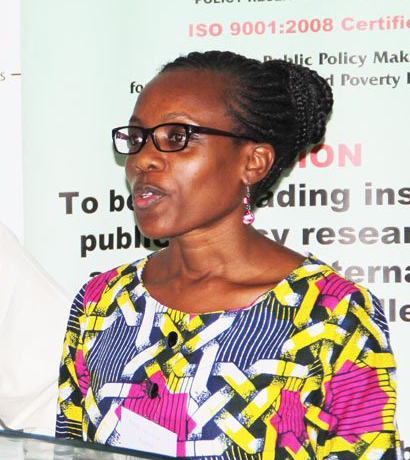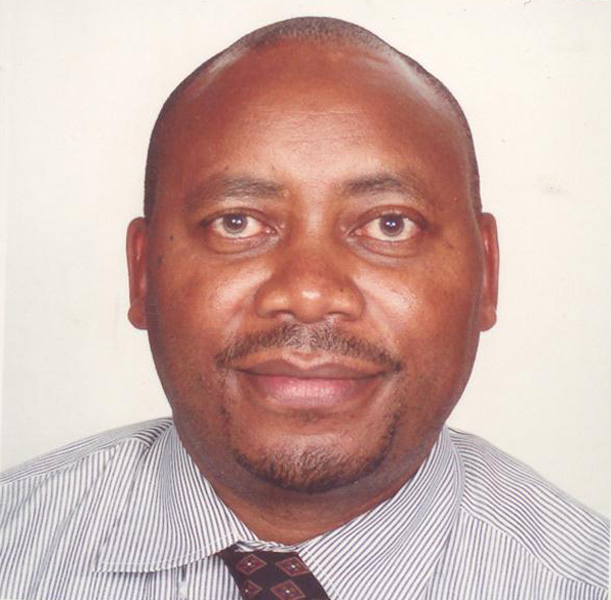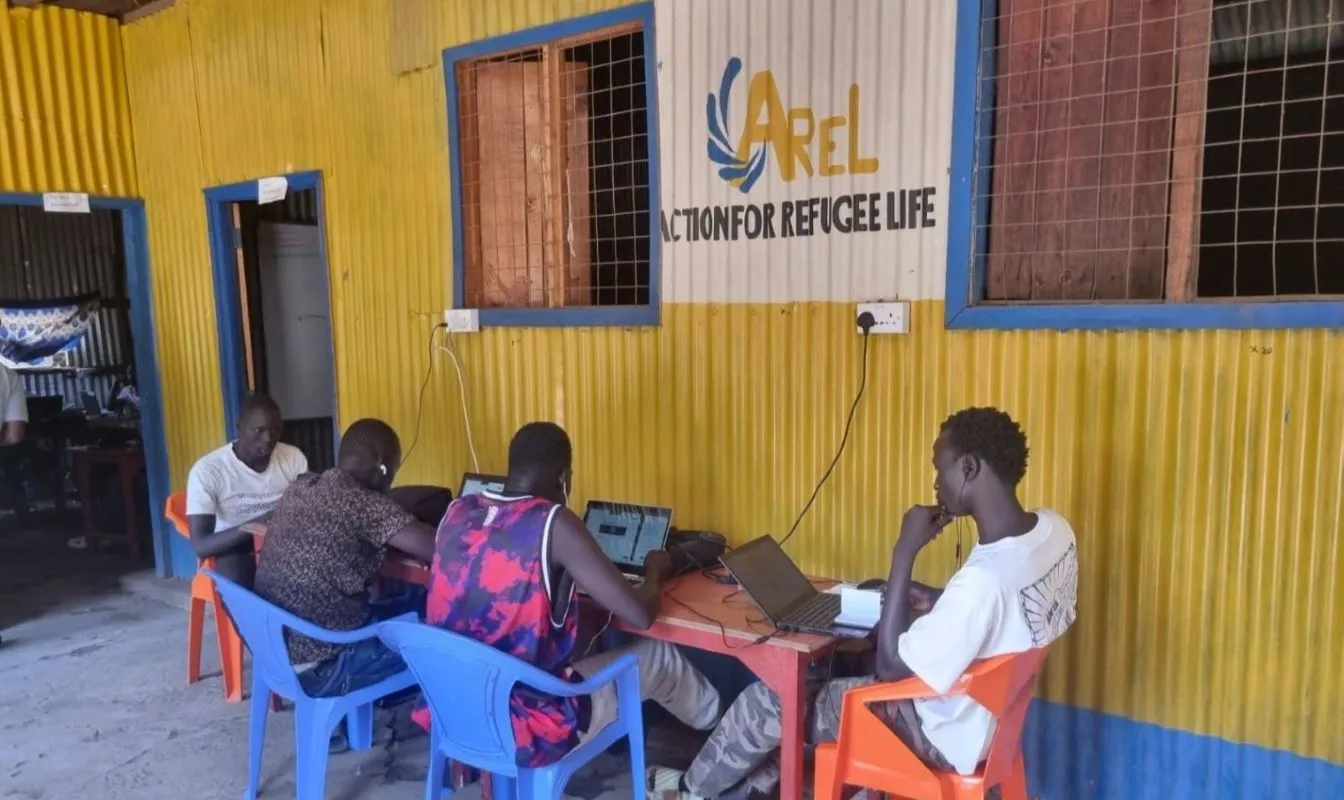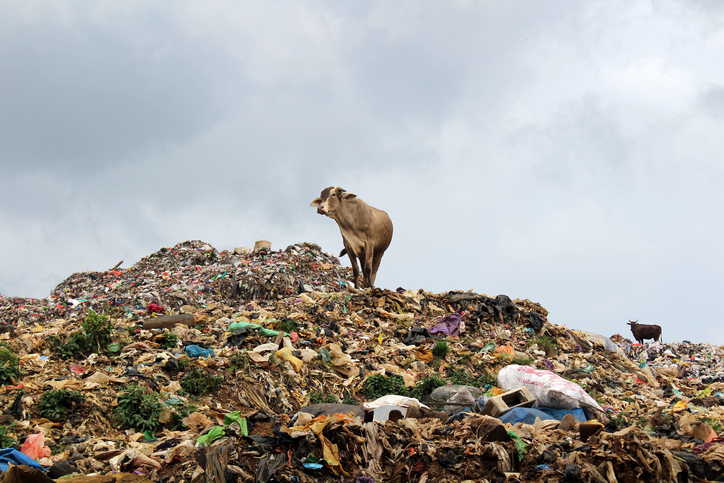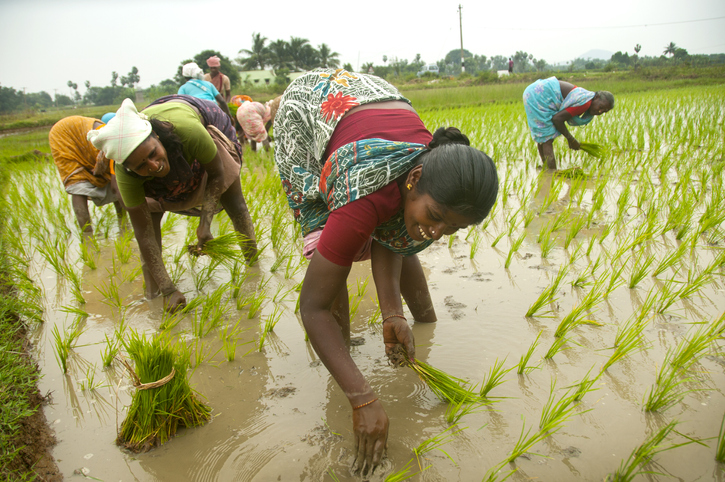Around four billion people around the world, including 485 million in Africa, are economically excluded. These individuals at the ‘base of the pyramid’ (BoP) are often women and young people, with low earnings, engaged in low-skill, semi-regular, temporary or informal jobs, or subsistence agriculture. Some private sector businesses in Kenya have been motivated to promote ‘inclusion’ by incorporating the BoP within their core activities while providing economically viable goods and services As this column argues, encouraging them to adopt inclusive practices is critical for addressing social challenges.
Achieving economic inclusion is a global priority, as evidenced by the African Union’s Agenda 2063 and the Sustainable Development Goals (SDGs), which call for inclusive and sustainable economic growth with the underlying ambition of expanding access to economic and social opportunities to all.
The principle of inclusivity can be traced back to the 2002 World Summit on Sustainable Development, which called for policies that improve inclusivity, sustainability, and private sector involvement and that build community-based entrepreneurial capacity. The emphasis on private sector involvement in sustainable practices was articulated at the Third International Conference on Financing for Development in 2015, where one of the resolutions was ‘to develop policies and, where appropriate, strengthen regulatory frameworks to better align private sector incentives with public goals, including incentivizing the private sector to adopt sustainable practices, and foster long-term quality investment.’
Kenya’s demographic landscape reveals the presence of many people at the ‘base of the pyramid’ (BoP), largely young people seeking work. People under the age of 35 account for 76% of Kenya’s population, with about 1.6 million seeking work. This represents a majority (62%) of the population seeking work, of which women represent 44%, half of whom are from rural areas. In addition, 2% of the population lives with various forms of disability, 55% of whom report facing difficulties in engaging in economic activities.
Hence, from an economic policy point of view, Kenya yearns for opportunities to engage the low-skill and economically excluded segment of the labor force. The private sector has a key role to play in achieving inclusion, which will enhance sustainable development.
Inclusive business approaches in Kenya
Inclusion among Kenyan businesses is undertaken at four levels: suppliers, distributors, employees and consumers. The inclusion approaches that have been adopted largely target BoP youth between the ages of 18 and 35, followed by women, who benefit from improved incomes, and enhanced capacity and productivity.
As suppliers, BoP people provide inputs to firms: largely farm to industry. This is mainly in the agricultural sector where farmers are identified, trained, and supported by firms to provide quality inputs through mechanisms such as contract farming or building on the cooperatives approach.
BoP people are also engaged in distribution through three common models: 1) the micro-franchise model of distributing products such as health products, 2) the agency model where local small businesses offer services such as mobile banking, and 3) the market-based model through market segmentation using, for example, small packaging of products targeting BoP consumers.
The market segmentation approach has led to the growth of the ‘kadogo economy’ (kadogo means small), where the BoP are consumers. What makes this approach even more relevant in Kenya is the fact that the country has retail shops, known as kiosks, which, through innovative business models, link manufacturers to consumers at minimal cost.
Service providers including banking and health services have also adopted similar market segmentation models targeting the BoP, thus benefiting from high volumes often in densely populated low-income areas. These distribution models are anchored in local knowledge and strong social networks.
Another inclusive approach adopted by businesses is through employment. There is evidence that on average over 60% of BoP employees are young people, engaged either on a permanent or temporary basis. Women are also engaged as employees, more often on a non-permanent basis. Generally, the monthly earning of the young beneficiaries seems to have doubled in the last three years. Women involved in inclusive business have also recorded on average an increase in income over the years and contributed to household monthly expenses.
International support
The interventions in the OECD and G20 frameworks for promoting inclusivity seem relevant for a developing country like Kenya where inclusive businesses face technology, financial, and skills constraints, particularly when BoP people are engaged as suppliers or distributors. These frameworks provide guidelines on how to promote inclusivity while also mitigating the constraints.
The OECD Framework for Policy Action on Inclusive Growth, for example, establishes policy responses and policy instruments that governments can adopt to enhance inclusive growth. Some of the policy responses include investing in healthcare, education, housing, infrastructure, and natural resource management for all. They also include promotion of inclusive labor markets to enhance access to quality jobs, especially for underrepresented group, as well as integration of equity and inclusion into policy design.
Similarly, promotion of inclusive policies under the G20 Inclusive Business Framework is a role for government. Other roles of the government in the G20 framework include promoting pro-poor targets in government contracts such as the use of incentives and regulations to promote inclusive business approaches, as well as strengthening vocational training opportunities. Furthermore, the G20 framework establishes the role of inclusive businesses as expanding business engagement with the BoP, enhancing access to financial resources for BoP people and developing their capacity.
In summary, inclusive businesses offer crucial and sustainable solutions to social challenges. But there are some constraints that can be addressed innovatively by both the government and the private sector.
